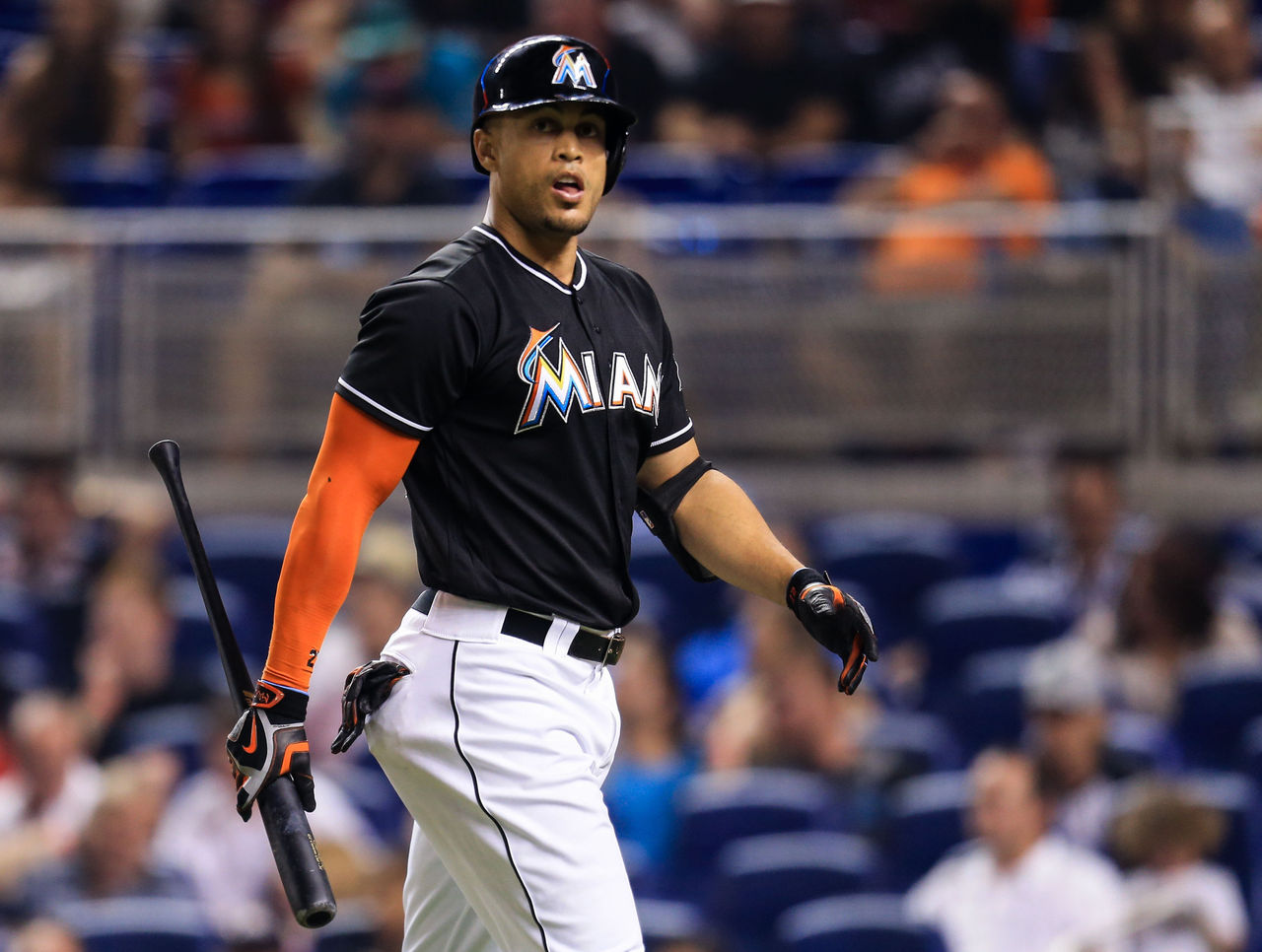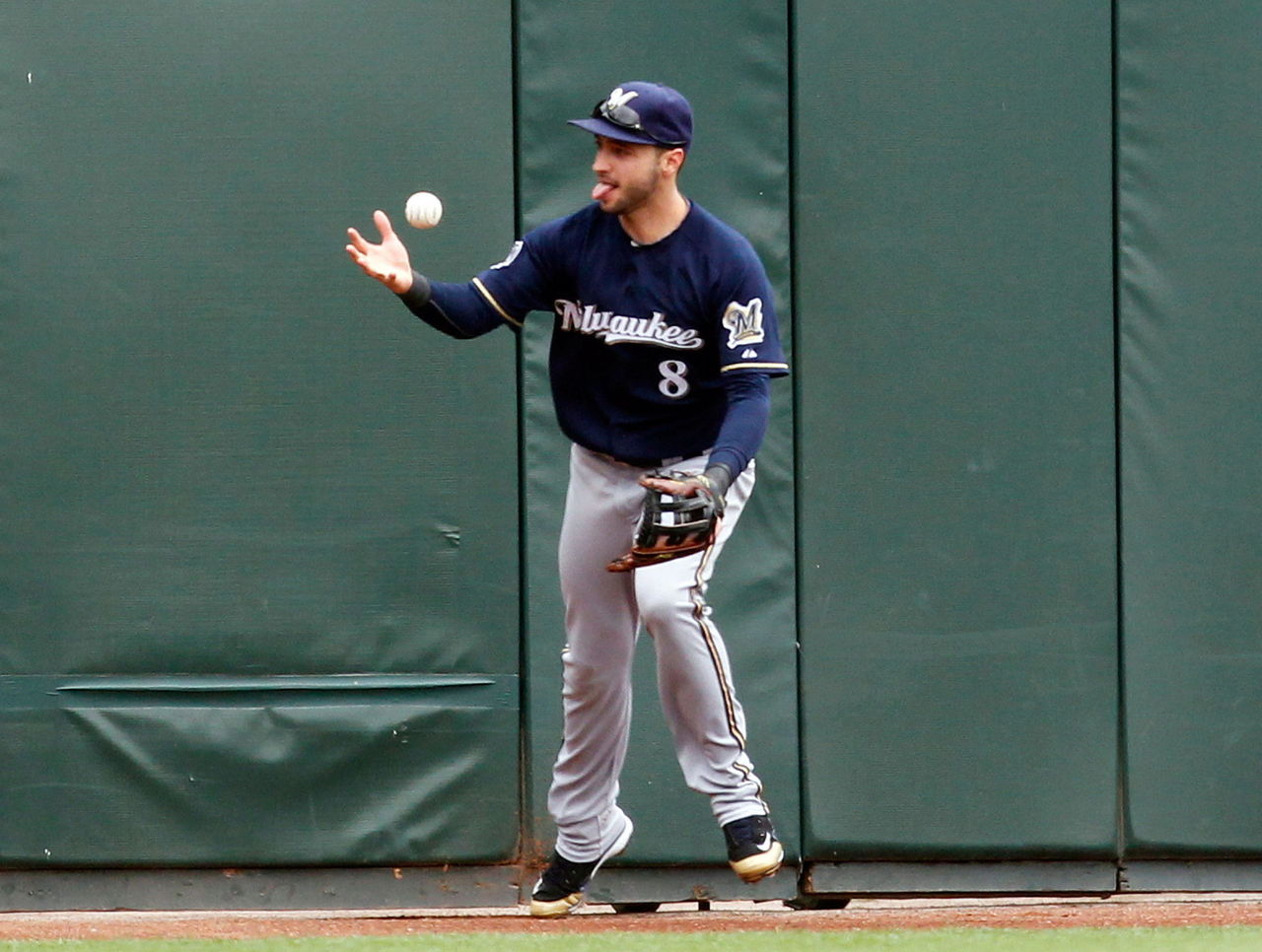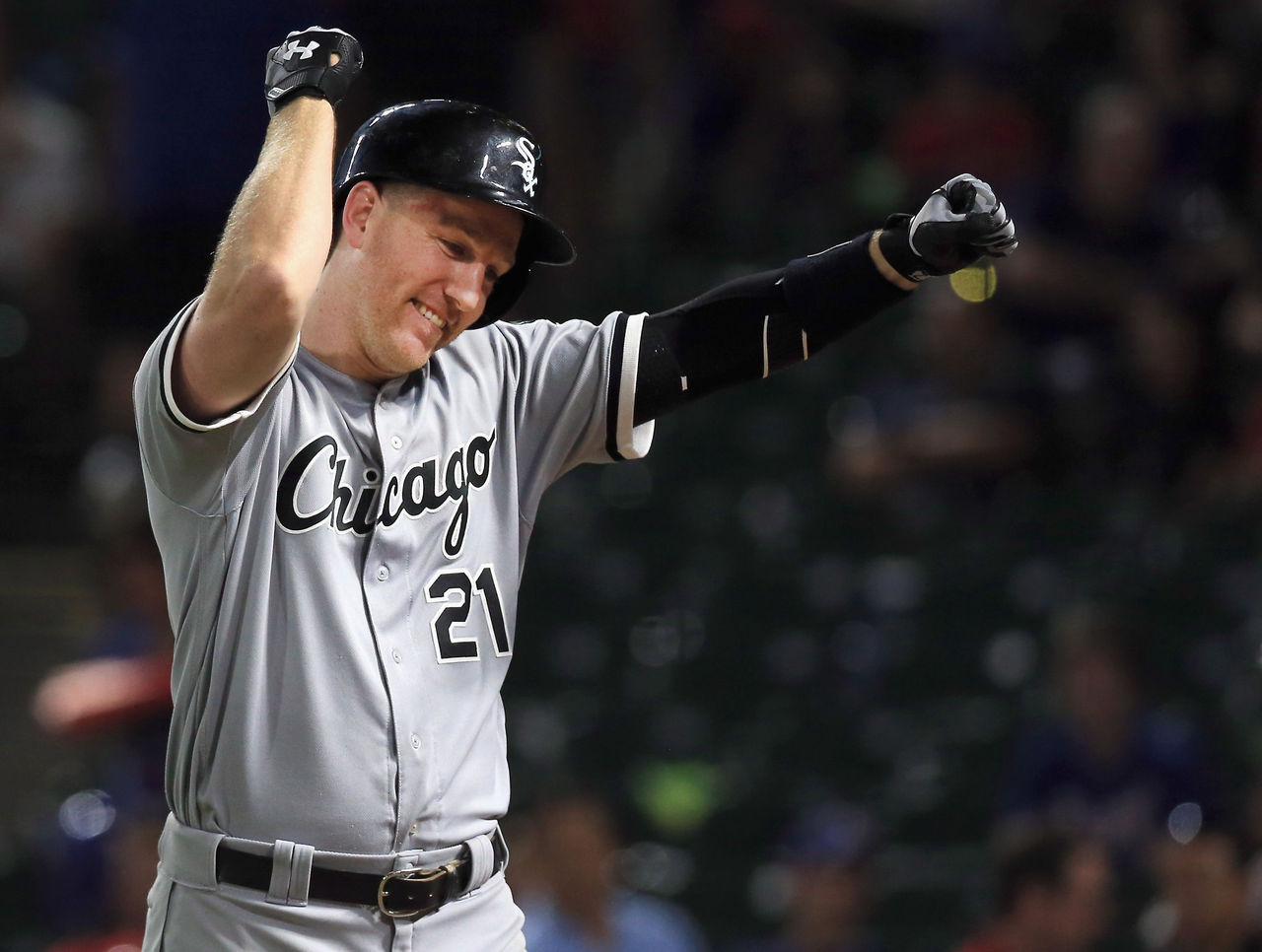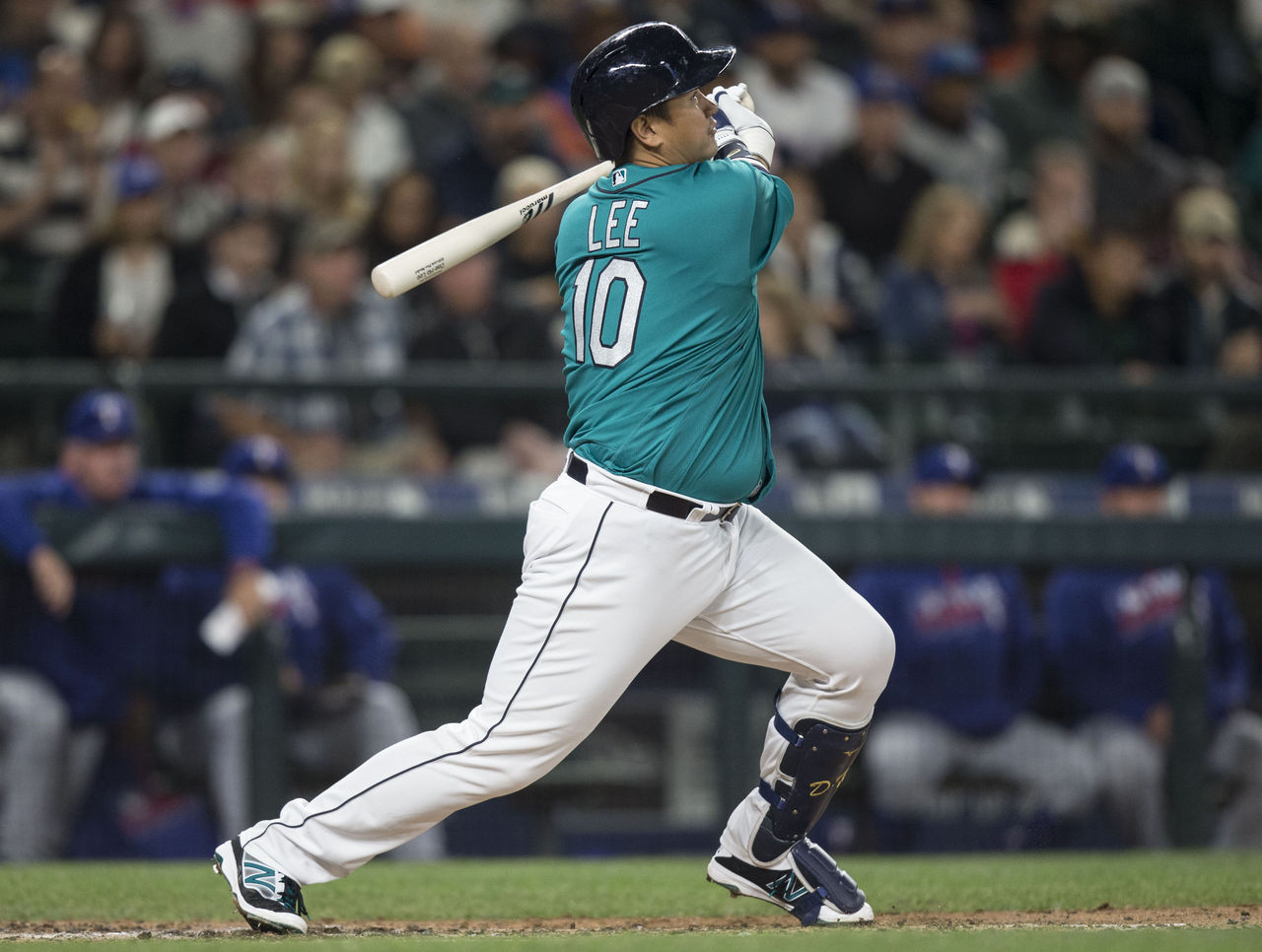Maintaining Your Lead in Fantasy
Congratulations; you made it through the first third of the Major League Baseball season and you're sitting atop the standings in your fantasy league. Life is good, the sun shines on you and your advanced fantasy baseball acumen...or luck.
While your league scoring will help determine some of the minutia around the steps taken to hold onto a lead, many of the principles involved will be universal. For the sake of simplicity, I am considering standard 5x5 leagues in both rotisserie and head-to-head formats.

Strengths and Weaknesses
Even the best fantasy teams have holes, even if they are only slight. At the beginning of the season, past statistics can help provide an educated guess about which categories might be lacking on a given roster, but until the new results pile in, it's impossible to truly tell.
Those atop their standings either addressed these holes early or were able to add to their strengths. The really fortunate ones had everything land in just the right way through the draft - they didn't draft Giancarlo Stanton in the first round, for example.
While both rotisserie and head-to-head leagues operate on similar 5x5 layouts, it's easier to make adjustments in head-to-head in order to make a comeback in time for playoffs since it's all reset after every week. Big changes will have immediate impact. In rotisserie, with everything being accumulative, it's a lot more difficult, but if you have a big lead, it's a bit simpler to hold onto.

Don't Force Trades
Once you have a handle on where you need help, and where you can afford to make slight subtractions, sending out trade offers seems like a logical step. Instead, it's better to wait and see what offers come your way. Any time you have a comfortable lead, or even a relatively shaky one, it's best to avoid too large of a roster shakeup.
Trading is not the best course of action because of a few key issues. First, no one will want to trade with the team in first place unless it's a keeper league. In keepers, it's far easier to trade from the top of the mountain because those out of contention are both still active and looking to improve chances for the following year.
Second, in standard leagues, there is a good chance the worst teams have absentee managers by mid-June. Those who have stuck around, aren't likely to risk helping the best get better just to improve chances of sneaking into the playoffs or climb up the ladder to get a medal in roto.

Exploit Panic
Instead of rushing to make trades, league leaders have the luxury of being able to exercise patience while those slowly falling out of contention desperately need to make moves. This had resulted in the dropping of Miami Marlins 2B Dee Gordon in many leagues, even though he will certainly be back in a month's time.
Even though a player like Gordon will eat up a bench spot, it's worth it for the stolen base upside he'll provide once he's eligible to return. Struggling stars like Justin Upton, Michael Pineda, Prince Fielder or Kendrys Morales could continue to see availability rise.
Taking a flier on their upside following a panic drop is almost a no-lose situation. If either rebounds, it's a win. If either doesn't and an injured player returns, it's a justifiable cut.

Don't Mess With Success
The constant fear is that by overthinking your roster you may do irreparable harm. It really depends on strategy. Some owners can make constant streaming of starting pitchers work for them, though with innings limits in rotisserie, this is far less likely.
For example, it might not be worth pursuing extra saves if that means losing out on the home runs or stolen bases that helped put you in first place to begin with. Standing pat and only replacing players due to injury or prolonged struggles could have its benefits depending on roster makeup.
While just leaving your team alone is not a good idea, some alternatives might help. Consider sitting players who negatively impact your team in certain categories. Low batting average power hitters like Todd Frazier should be sat against star pitchers to avoid further damage to AVG. This only works with a considerable lead in both home runs and RBIs.
The same can be true for high WHIP, high-K pitchers like Tampa Bay's Chris Archer. This is a method to improve in certain categories without removing players from your roster, meaning they'll be available if you need them.
Remember to keep an eye on moves being made by your competitors. Depending on their transactions, the gap could close rapidly and a sure win will become less and less certain. Be prepared to react. Use your watch list or create a spreadsheet with players you have considered picking up.

Look For Minor Moves
Complementary players like Mariners 1B Dae-Ho Lee are scarcely owned, but serve an excellent purpose. Though they don't play every day, they are often put in situations where they're more likely to succeed. Think of how the St. Louis Cardinals tend to use 1B Matt Adams more regularly against right-handed pitching because he historically crushes them.
Having a reserve player - more than one would take up too much valuable space - makes it easier to bench a player like the aforementioned Frazier, and others with a pronounced weakness should the situation arise. With a player like Lee or Adams plugged in, you're less likely to simply lose out on counting stats.
HEADLINES
- The 1st-place Jays are fun again. Were Shapiro and Atkins right all along?
- Boone after Jays sweep: 'Sucks when you get your ass kicked'
- Ranking NFL's worst-to-first candidates for 2025
- May's perfect game bid broken up in Dodgers' sweep of White Sox
- Ray lifts Giants over D-Backs with his 1st complete game in 8 years